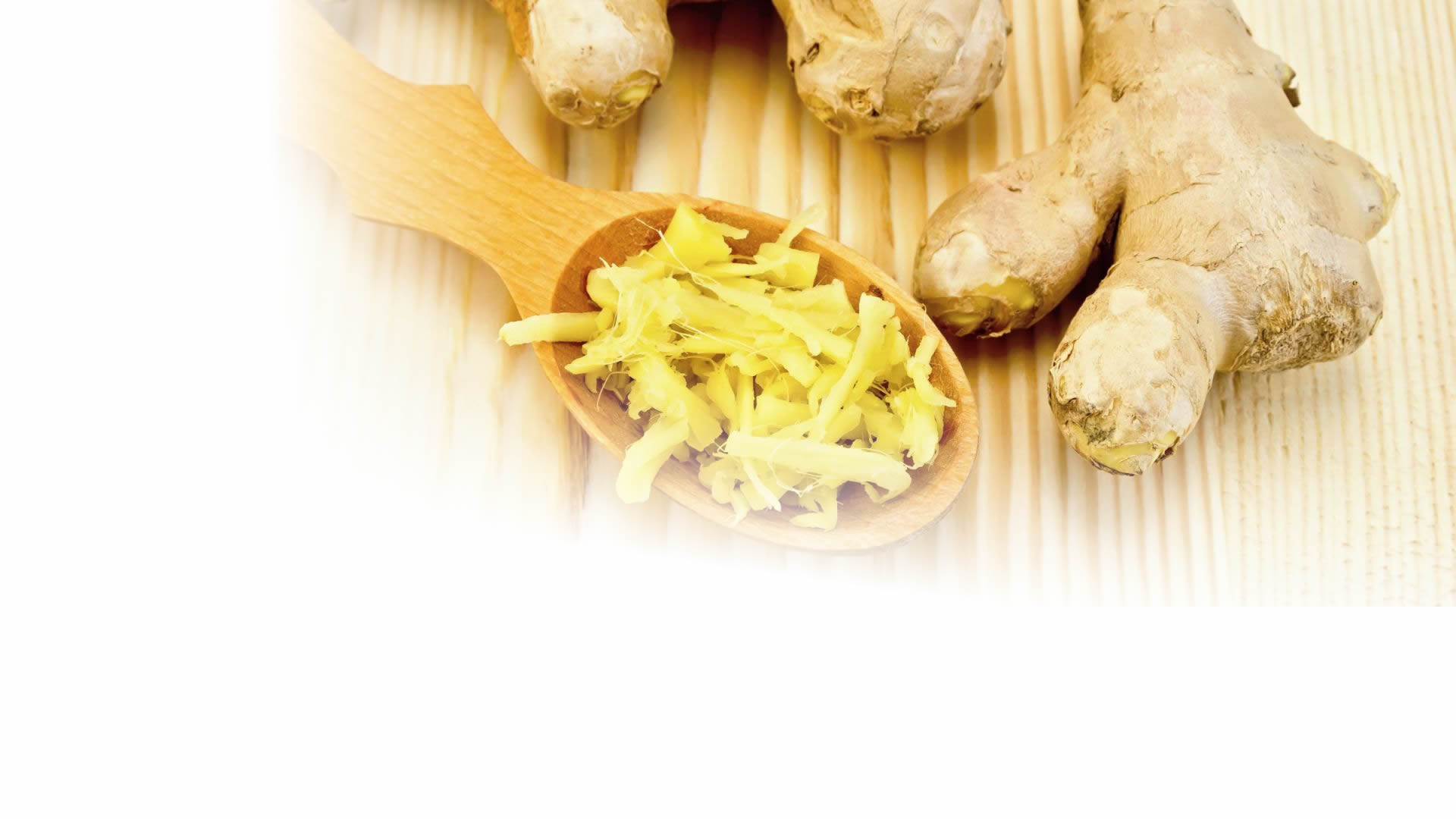E Every culture, across the centuries, has had its own understanding and ways of healing. Local plants, customs, and beliefs determined the form it took, which varied not only across countries but also between villages. Even today, away from the convenience of conventional physicians, local communities around the world practise their own form of medicinal healing using plants, age-old wisdom, and an instinctive and learned knowledge of their bodies as the tools.

A RETURN TO OLD WAYS
With the advancement of technology and the growing dependence upon the miracles of modern medicine, most of us have lost the art of looking after ourselves. We have become dependent upon physicians, prescription drugs, store – brought preparations, and through that, have lost an understanding of our bodies and how they work. Somewhere along the line we have put not only our faith but also our independence in the hands of others. When we have a cold, a rash, even painful joint, we go straight to the medicine cabinet, or ring to arrange and appointment at the physician’s surgery. The use of natural preparations, and the number
of people addressing minor complains in their own homes, hit an all – time low over the past decades, and only now are we experiencing a renaissance of natural healing
and home remedies, as it becomes clear that conventional medicine, for all its wonders, is not the answer to the everything.
Busy Western physicians have little time to spend diagnosing their patients, and our Western approach to pathology and anatomy is based on the theory that we are all the same. Individual personalities, lifestyles, emotion, spirituality, and indeed physical bodies are not taken into consideration for most onventional treatment, but we have now learnt that it is the complex combination of these every things that can make us sick or well. Treatment, therefore, needs to examine a wider picture.
In the past, many of us had the knowledge and the wherewithal to treat ourselves, using foodstuffs in our larders, and plants growing in our yards and fields. There would have been a village healer or physician who could be called upon in times of emergency, but for day-to- day and common ailments, treatment was undertaken at home.
While our understanding of biochemistry could not match that of a modern physician, our knowledge of how plants and various substances work in our bodies, and indeed, and to different treatments, was much more profound. Women instinctively treated their children and their families – recognizing a bad emper as the onset of illness, perhaps, and being capable of addressing the cause of an illness according to a more general knowledge of our holistic being.
Today, most drugs on the market tend to deal with symptoms, rather than the root cause of an illness. Conditions and symptoms such as asthma, eczema, ME (CFS), headaches, and menstrual problems are controlled rather than cured. We take a tablet to ease the pain of a headache, but we do not stop and consider why we have a headache. We apply creams to stop the itching of eczema, but we do nothing to address the cause. In the past, we had a much greater general understanding of the cause and effects of illness, and a much more instinctive approach to treatment. Folk medicine and home remedies kept the majority of people healthy and it is that tradition to which many people are increasingly returning today.
